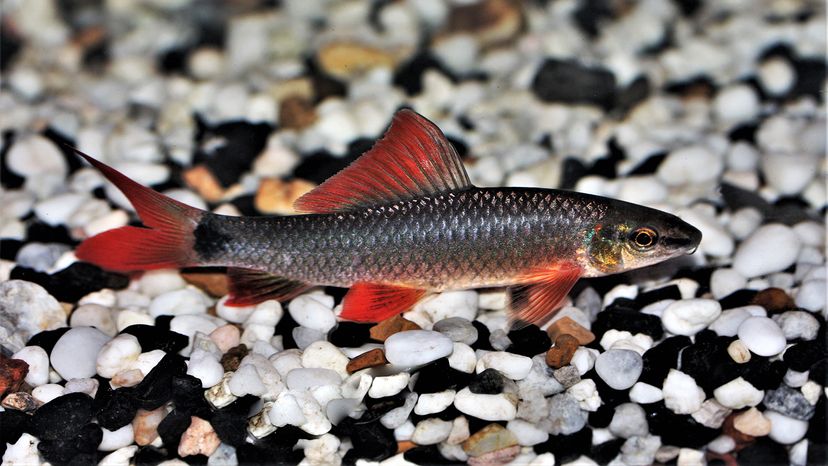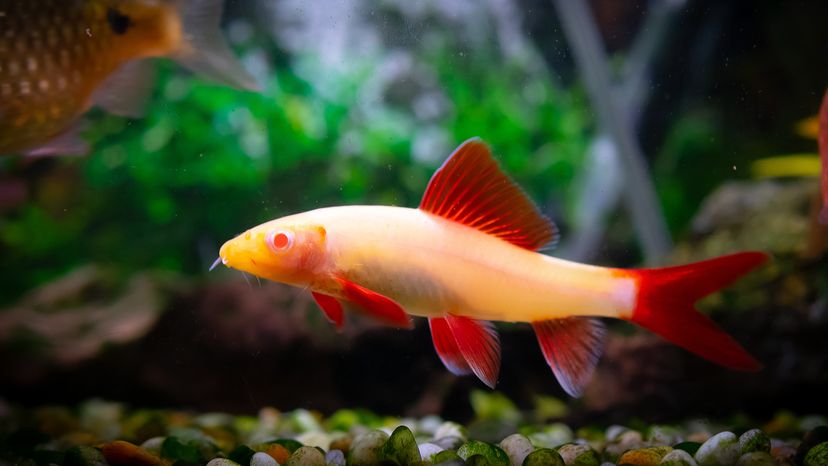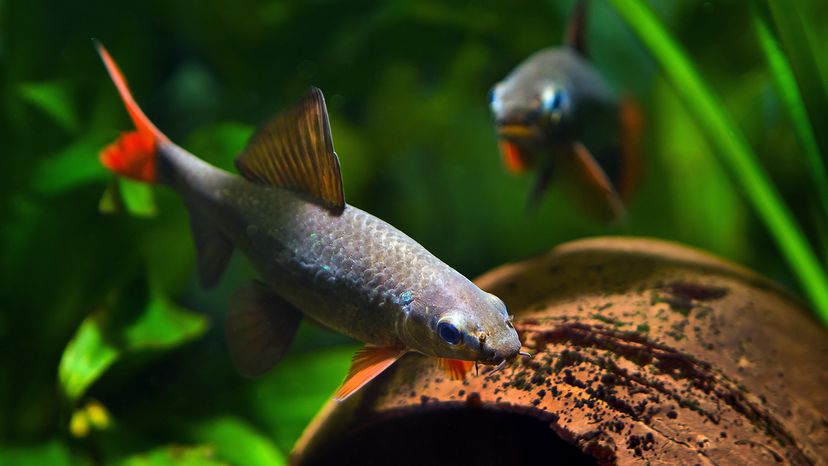
Don’t let the name fool you: While it’s not a real shark, the rainbow shark definitely brings a bold, finned attitude to the freshwater aquarium.
Known for its shark-like appearance, sleek body and vibrant red fins, this fish is a favorite in the aquarium trade, especially for enthusiasts looking to add an eye-catching bottom dweller to their tank.
Advertisement

